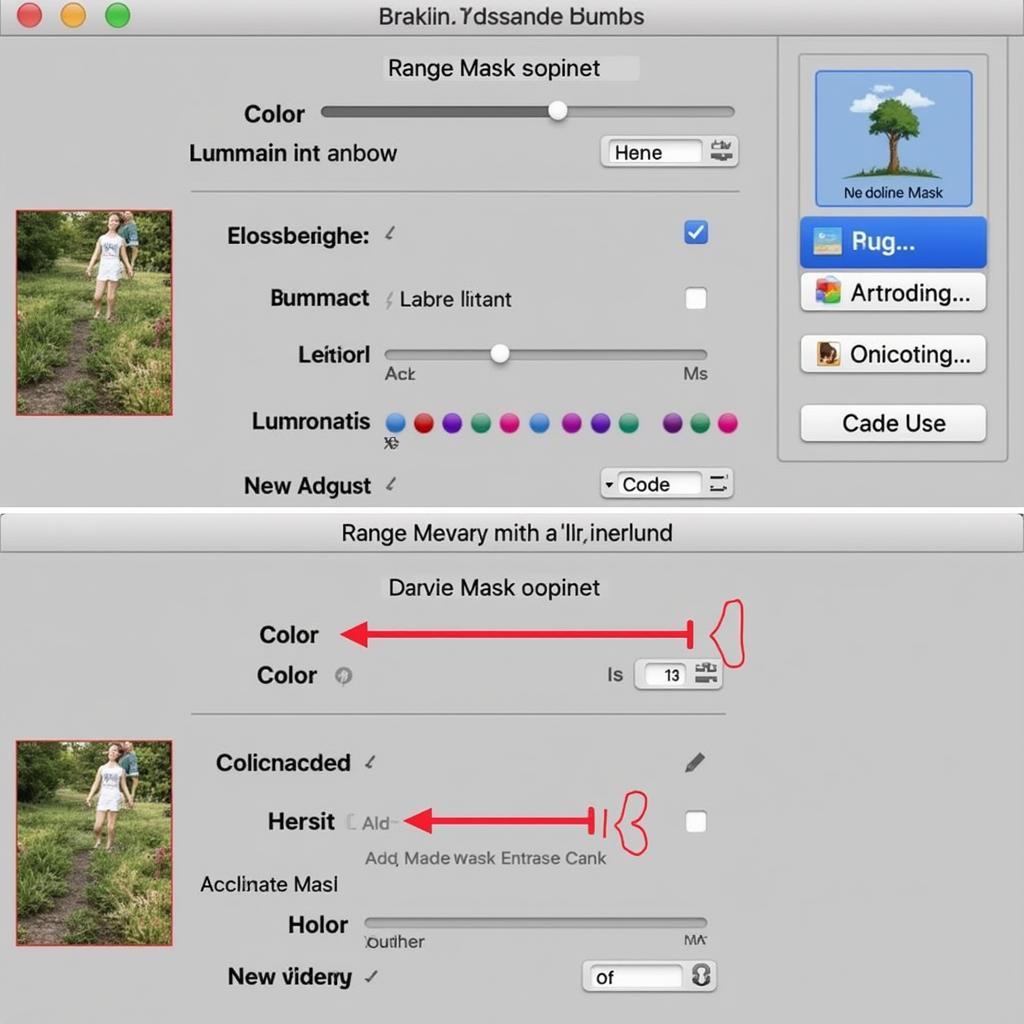Changing the background color in Lightroom is a simple yet powerful way to enhance your photo presentations, create striking visuals for social media, or prepare images for print. Whether you’re aiming for a classic white backdrop, a vibrant splash of color, or a subtle neutral tone, Lightroom offers several methods to achieve the desired effect. This guide will walk you through the various techniques, providing clear instructions and helpful tips to master background color changes in Lightroom.
how to change background color in lightroom
Changing the Background Color Using the Develop Module
One of the most common ways to adjust the background color is directly within the Develop module. This is particularly useful for images with solid or relatively uniform backgrounds.
-
Open your image in the Develop Module: Navigate to the Develop module in Lightroom by clicking on the “Develop” tab.
-
Select the Adjustment Brush or Radial Filter: Depending on the complexity of your background, choose either the Adjustment Brush for precise adjustments or the Radial Filter for larger, more general changes.
-
Sample the Background Color: Click on the background area you want to change. This will allow Lightroom to analyze the color and apply adjustments accordingly.
-
Adjust the Color Picker: Use the color picker within the Adjustment Brush or Radial Filter settings to select your desired background color. Experiment with different hues, saturation, and brightness levels to achieve the perfect look.
-
Refine your Selection: For the Adjustment Brush, adjust the brush size and feathering to ensure a smooth transition between the adjusted area and the rest of the image. For the Radial Filter, adjust the size and feathering of the filter to control the area affected by the color change.
Utilizing the Range Masking Feature for Precise Control
For images with more complex backgrounds, the Range Masking feature within the Adjustment Brush and Radial Filter offers a more precise way to target the background color.
-
Select the Adjustment Brush or Radial Filter: Choose your preferred tool.
-
Enable Range Masking: Within the tool settings, find the “Range Mask” option and choose either “Color” or “Luminance.”
-
Refine your Mask: If you select “Color,” use the eyedropper tool to sample the background color. Lightroom will then create a mask based on the sampled color. If you choose “Luminance,” adjust the sliders to target the brightness range of your background.
-
Adjust the Background Color: Use the color picker to select your new background color.
 Using Range Masking for Precise Background Color Change
Using Range Masking for Precise Background Color Change
Changing the Background Color Using Photoshop
Another effective way to change the background color, especially for complex images, is by using Photoshop in conjunction with Lightroom.
-
Edit in Photoshop: Right-click on your image in Lightroom and select “Edit in > Edit in Adobe Photoshop.”
-
Select the Background: Use Photoshop’s selection tools (like the Magic Wand, Quick Selection, or Pen Tool) to isolate the background.
-
Create a Solid Color Fill Layer: Create a new layer filled with your desired background color. Position this layer behind your original image layer.
-
Save and Return to Lightroom: Save your changes in Photoshop, and the updated image will automatically sync with Lightroom.
What is the Best Way to Change the Background Color in Lightroom?
The “best” way depends on the specific image and your desired outcome. For simple backgrounds, the Adjustment Brush or Radial Filter in Lightroom is often sufficient. For complex images, Range Masking or using Photoshop offers more precision.
“Understanding the nuances of each tool empowers photographers to make informed decisions and achieve the desired aesthetic,” says renowned color expert, Amelia Hughes, a leading figure in digital image manipulation.
Changing Canvas Color
Sometimes, you might simply want to change the canvas color surrounding your image. This is easily achieved in Lightroom’s Print module.
-
Navigate to the Print Module: Click on the “Print” tab.
-
Adjust the Page Background Color: In the right-hand panel, under “Page,” find the “Background” option. Use the color picker to select your preferred color.
how to change the color of a png
This method doesn’t alter the image itself, but affects how the image is displayed within the Print module and when exported for printing. This is particularly useful for presentations and portfolio displays. “Changing the canvas color is a subtle yet impactful technique for enhancing visual presentation,” shares Dr. James Carter, a seasoned professional photographer known for his vibrant and captivating imagery.
Conclusion
Changing the background color in Lightroom offers a multitude of creative possibilities. By mastering these techniques, you can transform your images, create captivating visuals, and enhance your photographic storytelling. Experiment with different methods and find the approach that best suits your workflow and creative vision. Remember, the key is to experiment and find what works best for you. How to change the background color in lightroom is no longer a mystery with these comprehensive techniques.
FAQ
- Can I change the background color of a JPEG image in Lightroom? Yes, you can use the techniques described above to change the background color of JPEG images in Lightroom.
- What is the easiest way to change the background color in Lightroom? For simple backgrounds, the Adjustment Brush or Radial Filter is the easiest method.
- Can I undo background color changes in Lightroom? Yes, Lightroom’s non-destructive editing allows you to undo any changes made to your image.
- How can I change the background color to transparent in Lightroom? Lightroom doesn’t directly support transparency. You would need to use Photoshop for this.
- Is it better to change the background color in Lightroom or Photoshop? It depends on the complexity of your image and your comfort level with each software.
- Does changing the background color affect image quality in Lightroom? No, Lightroom’s non-destructive editing ensures that the original image data is preserved.
- Can I save different background color variations of the same image in Lightroom? Yes, you can use virtual copies or create multiple exports with different background colors.
Need assistance? Contact us at Phone: 0373298888, Email: [email protected], or visit our office at 86 Cau Giay, Hanoi. Our customer support team is available 24/7.

